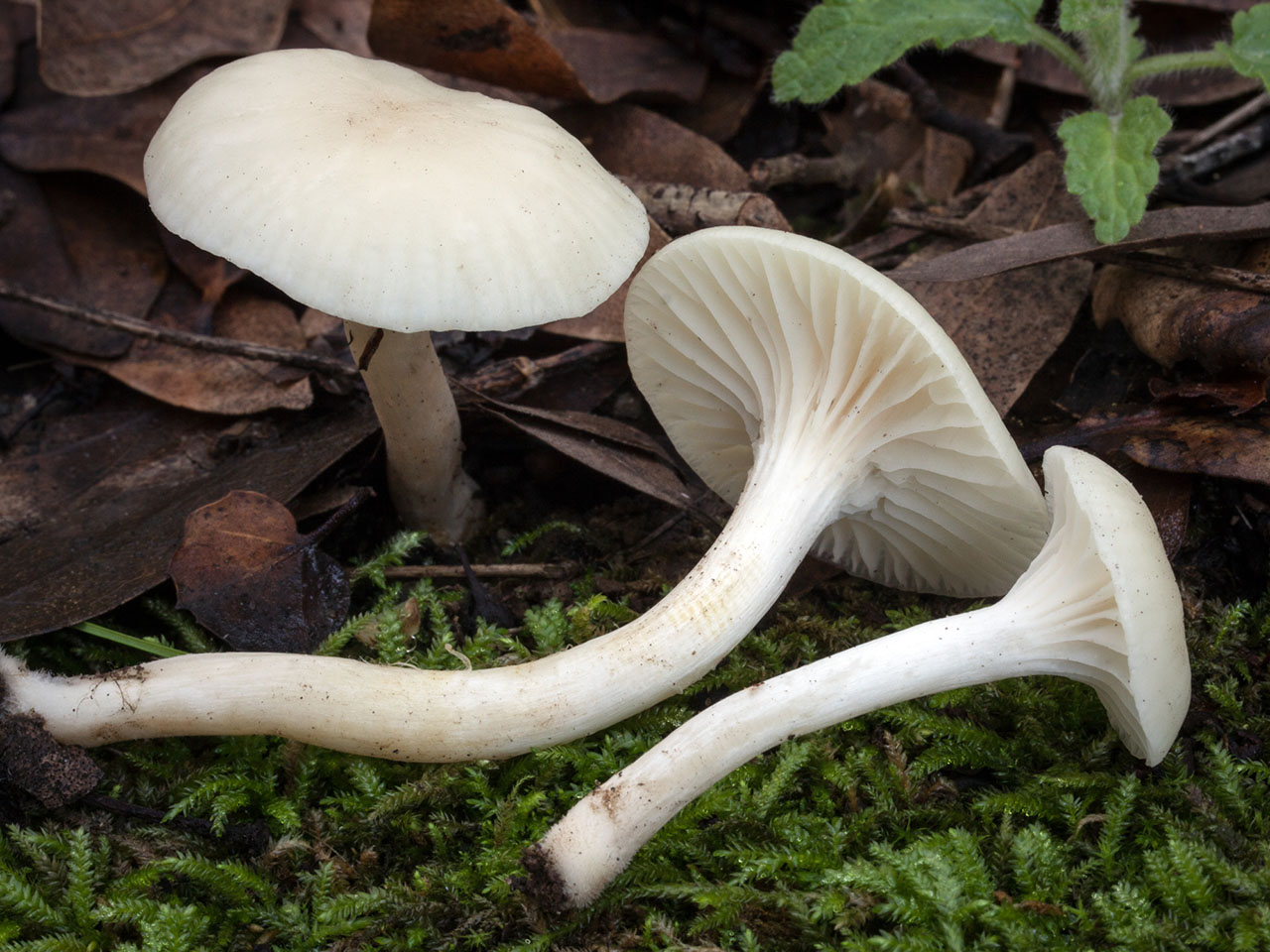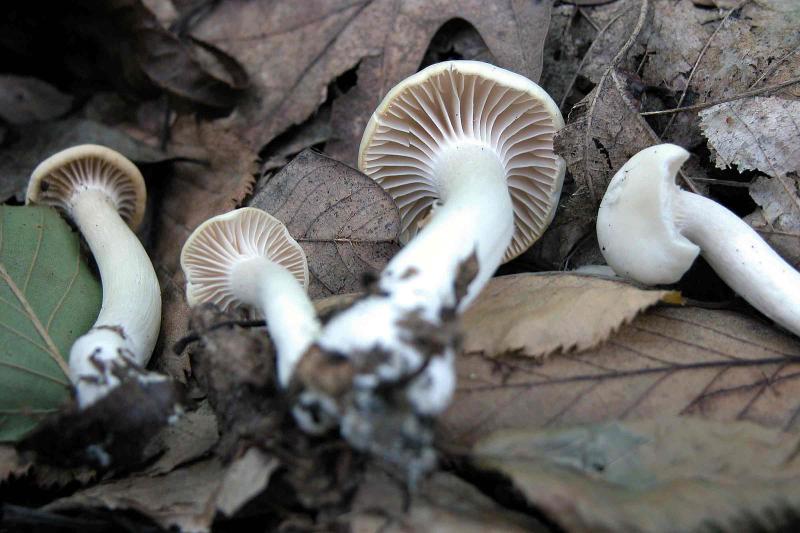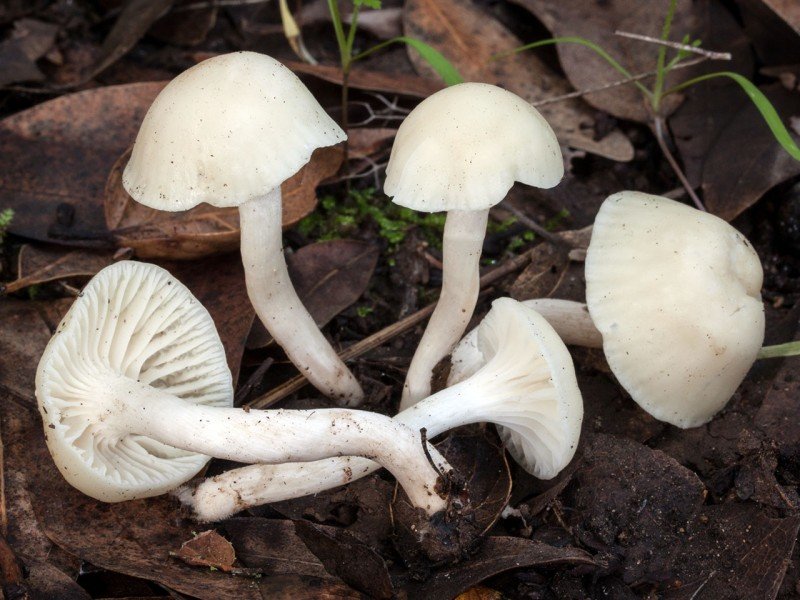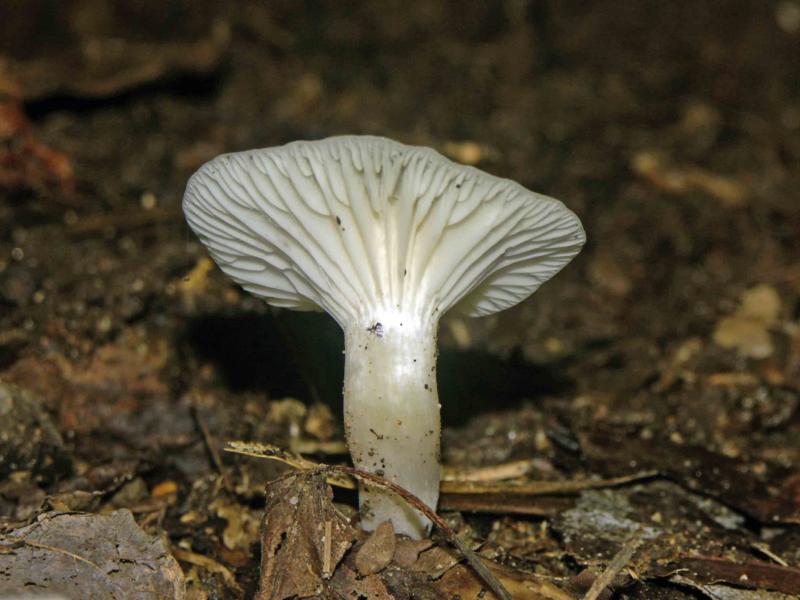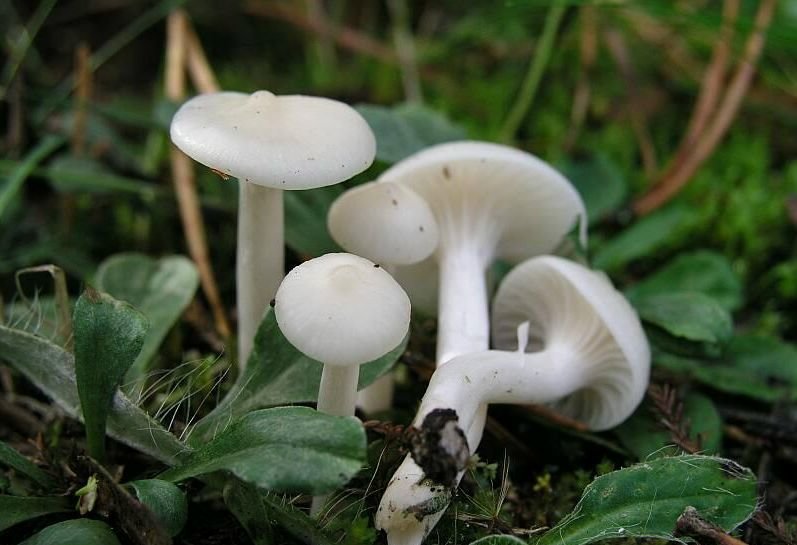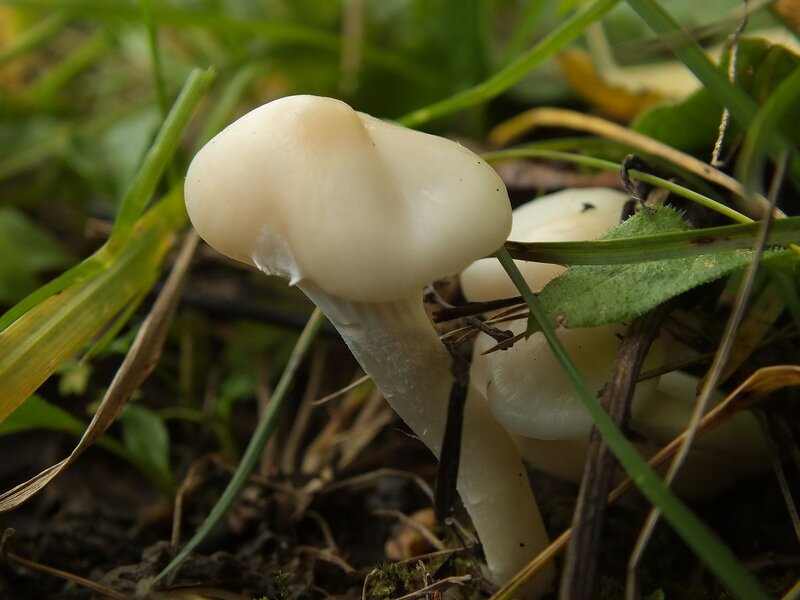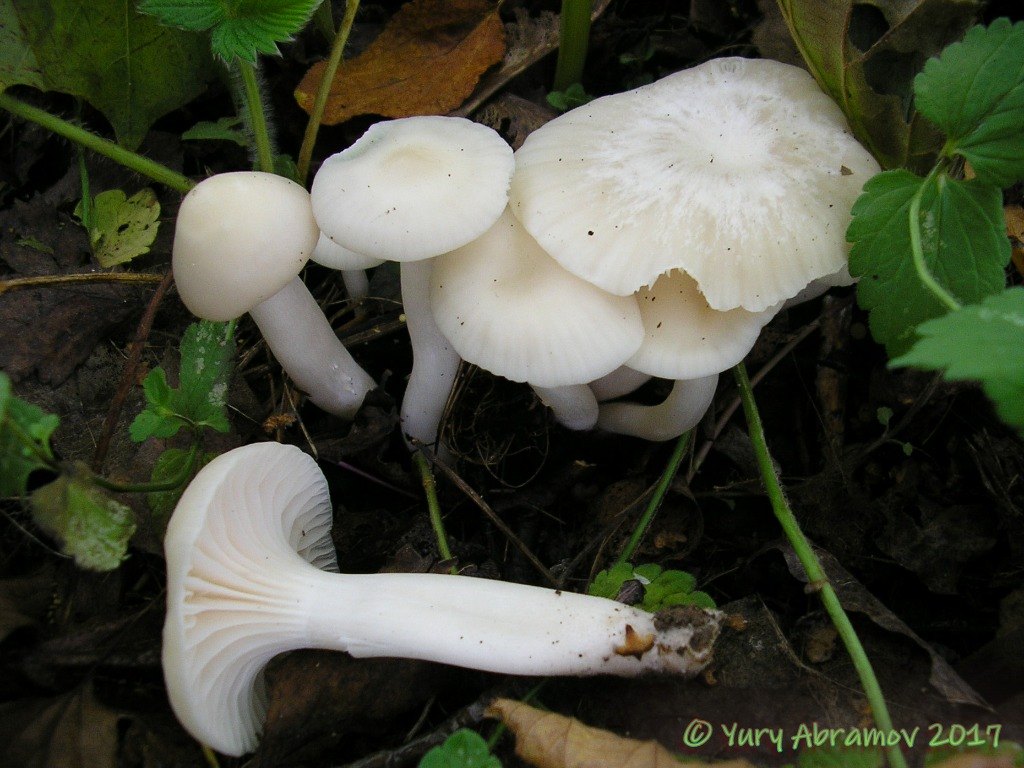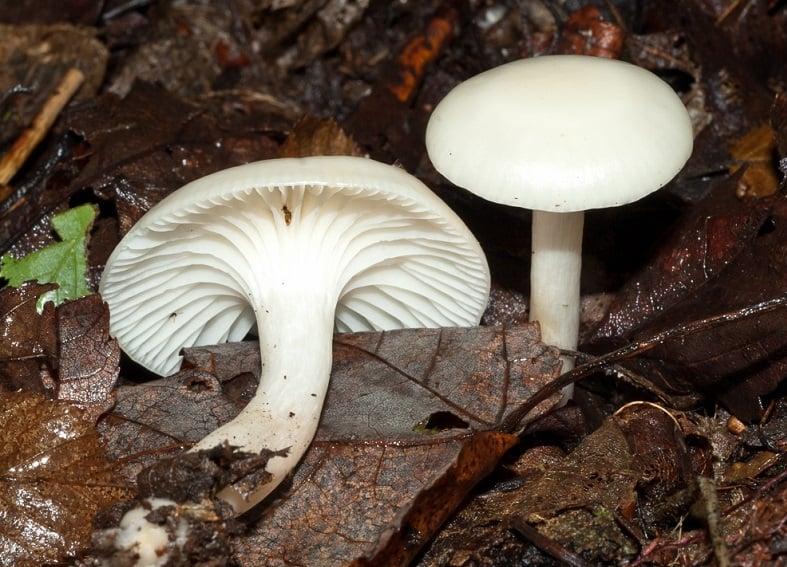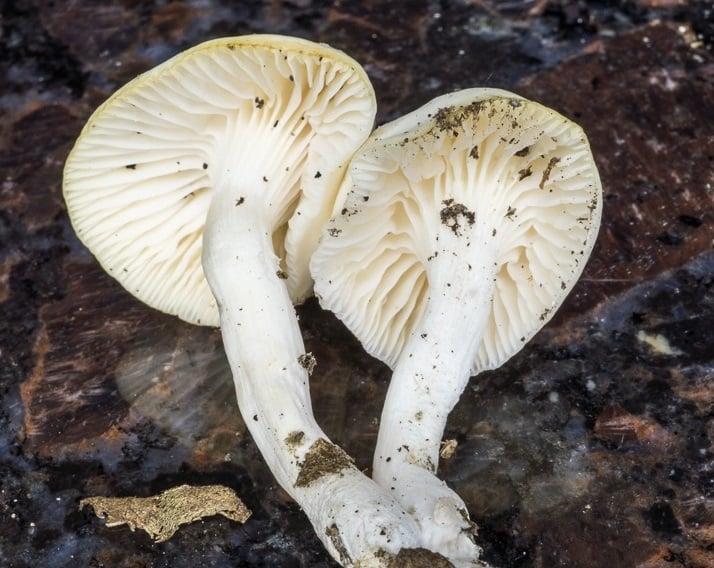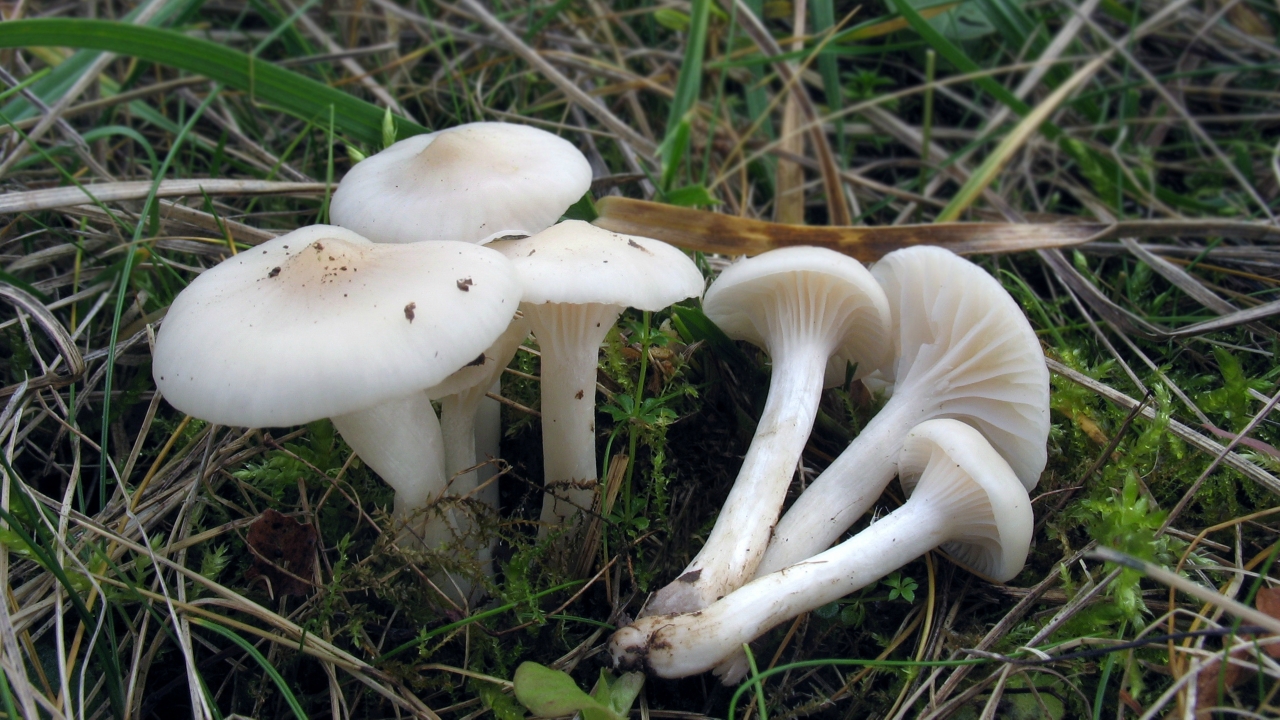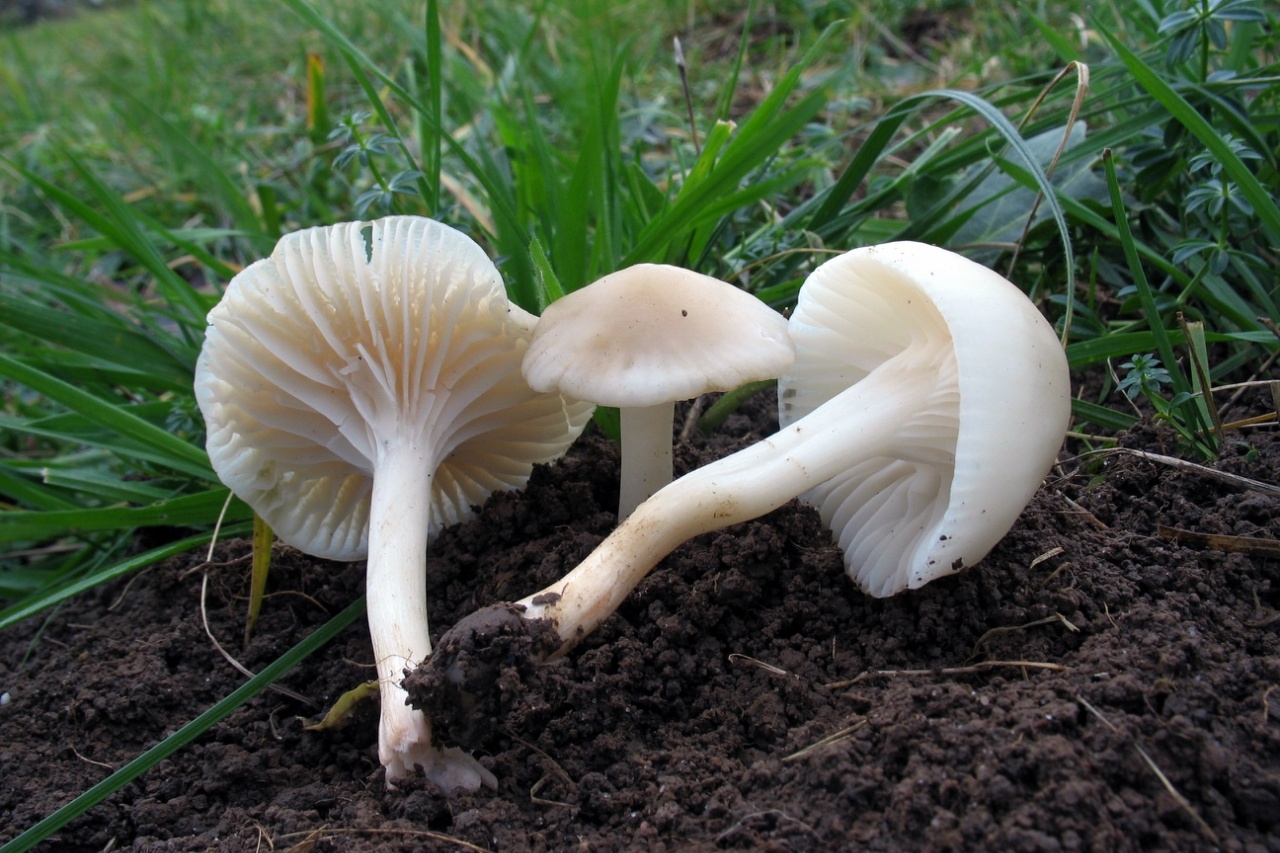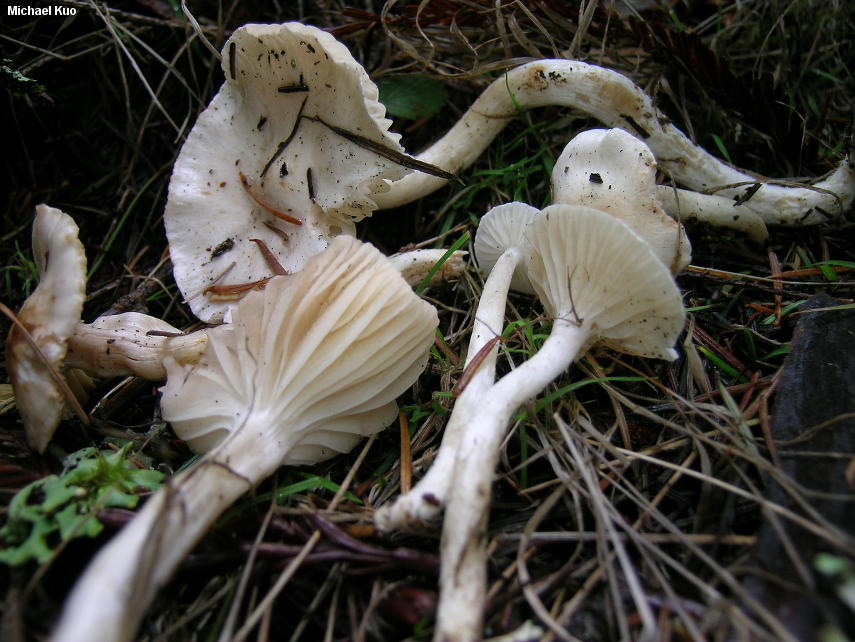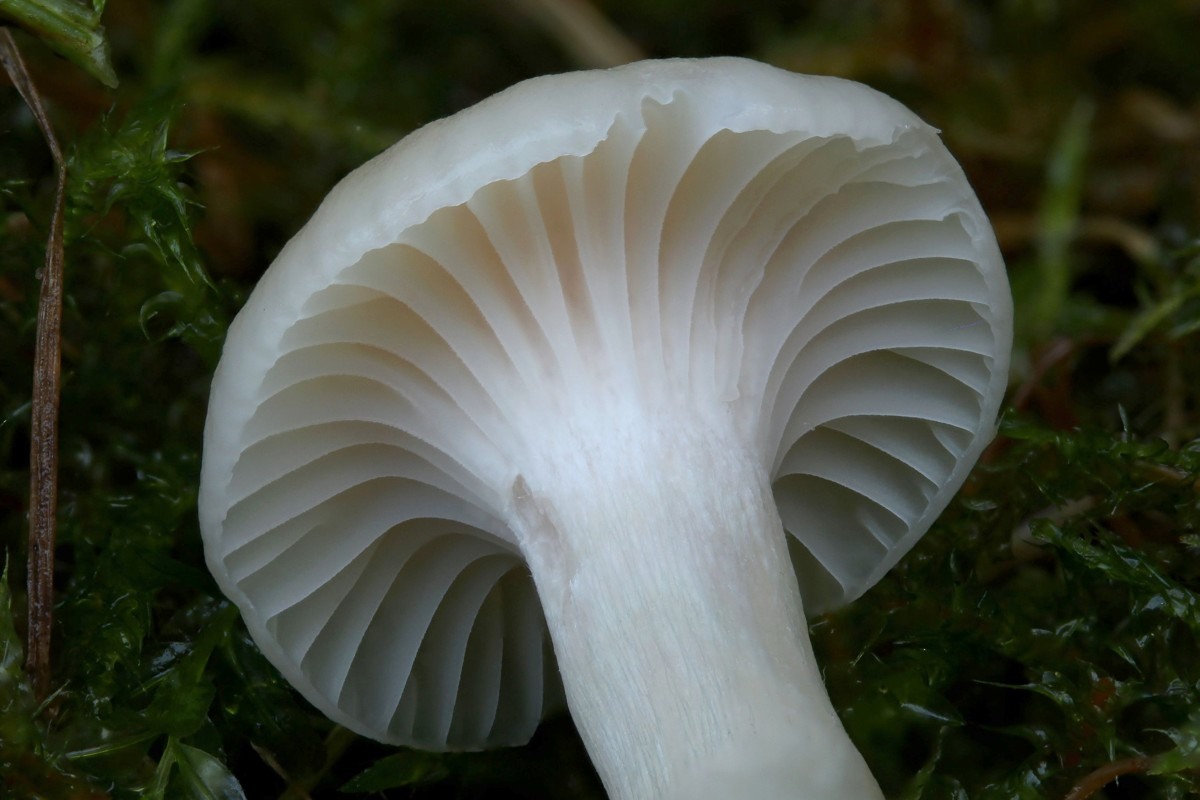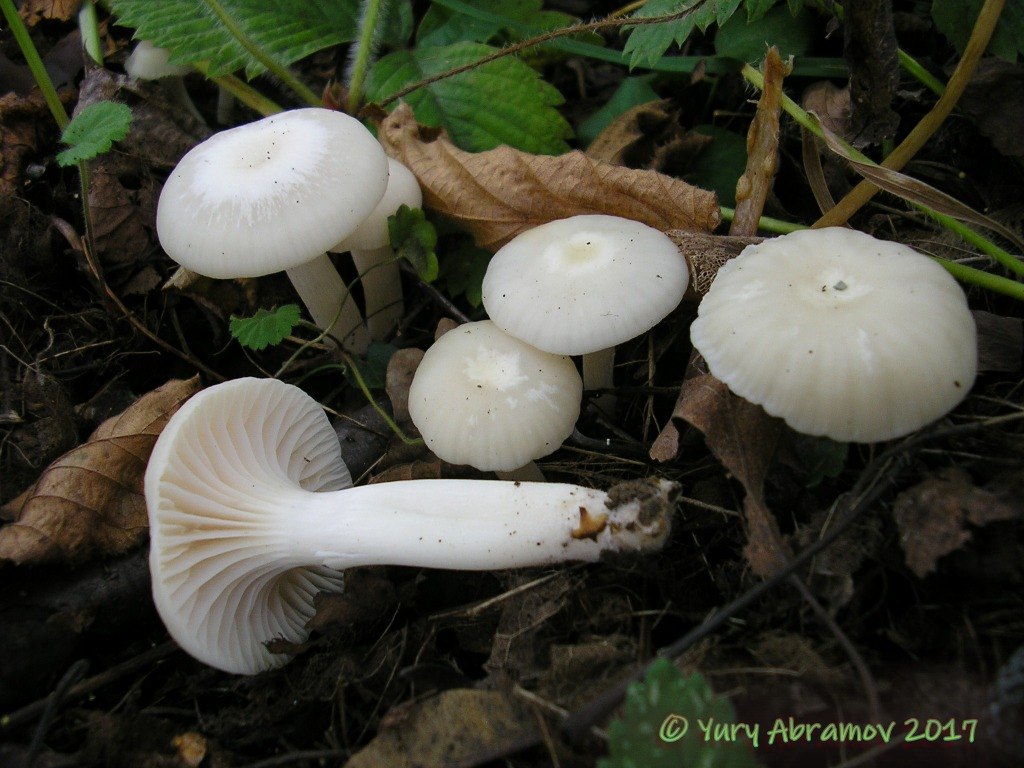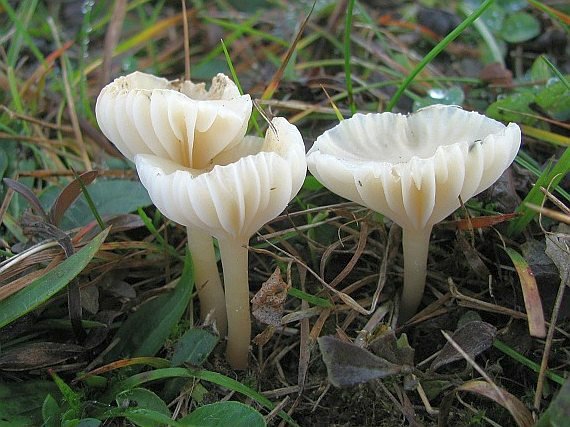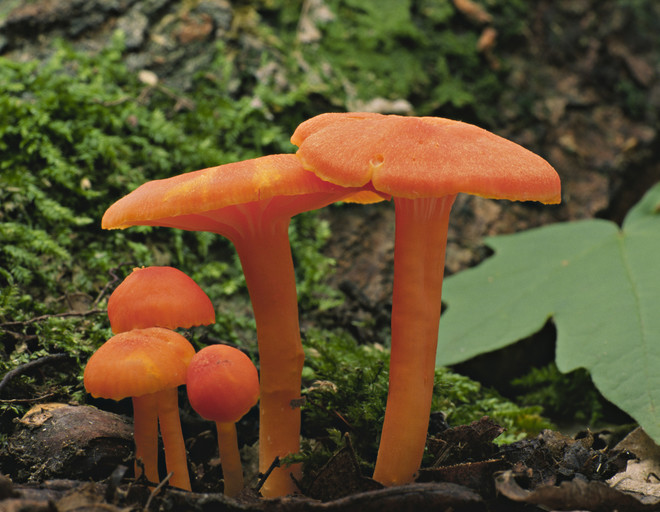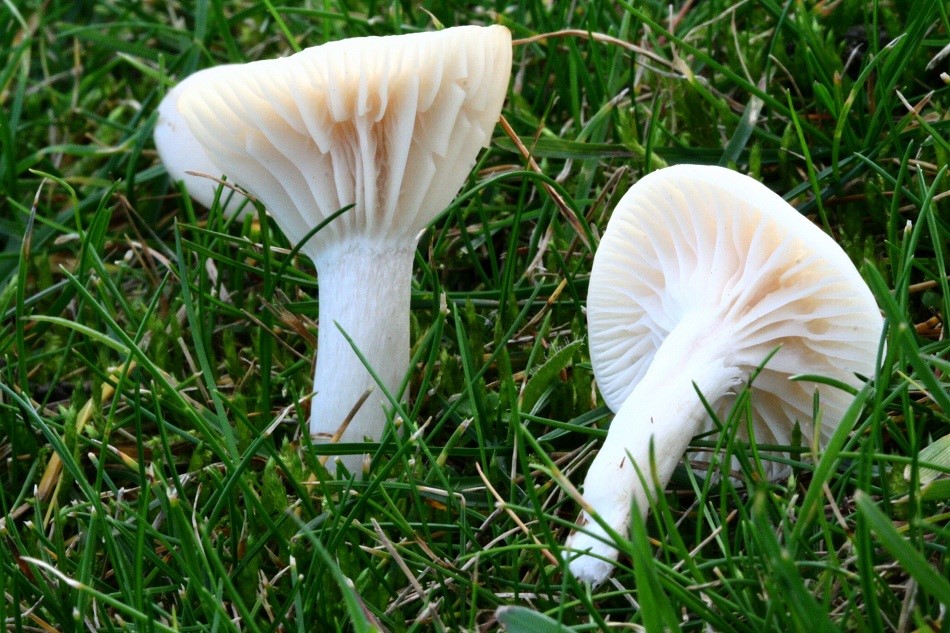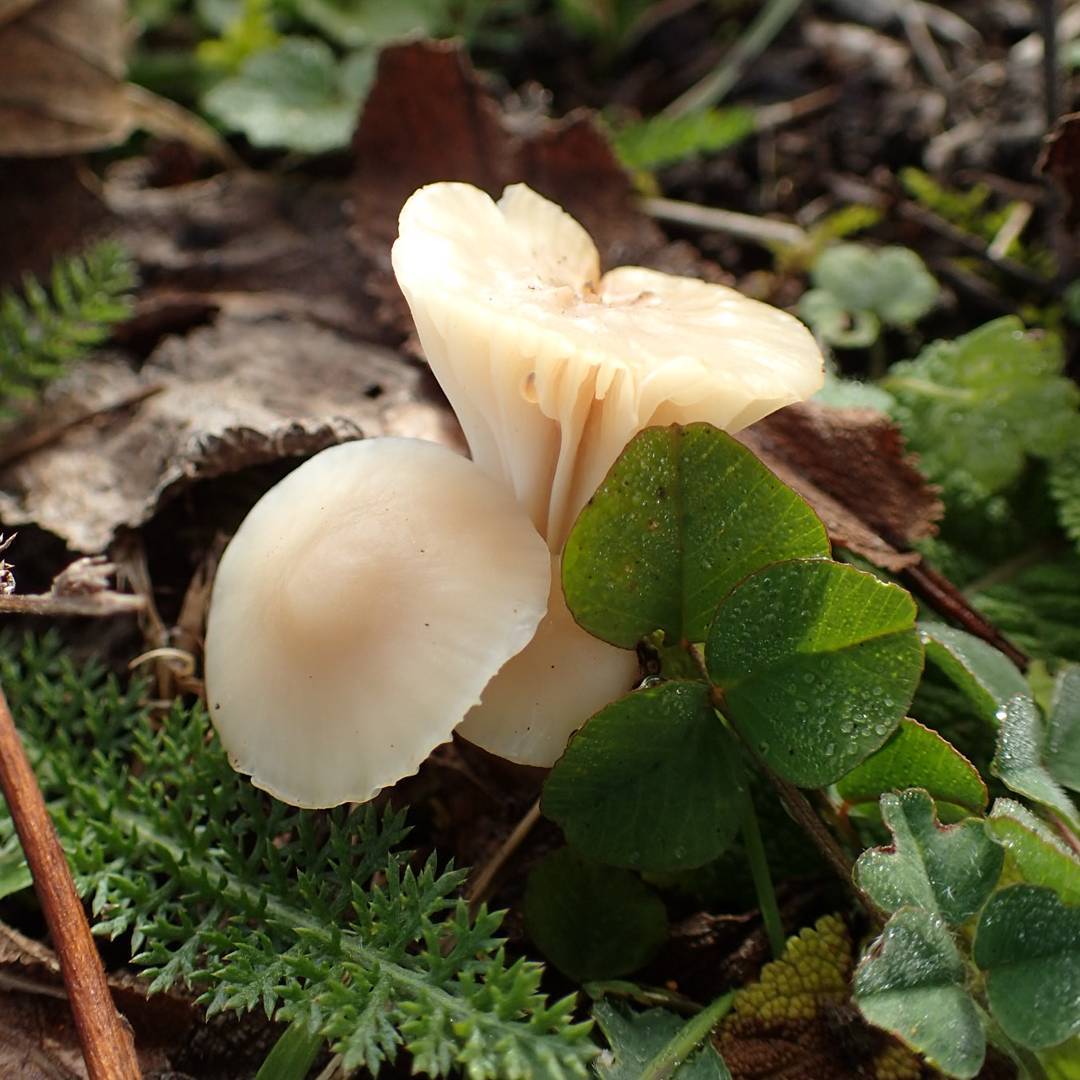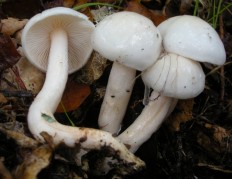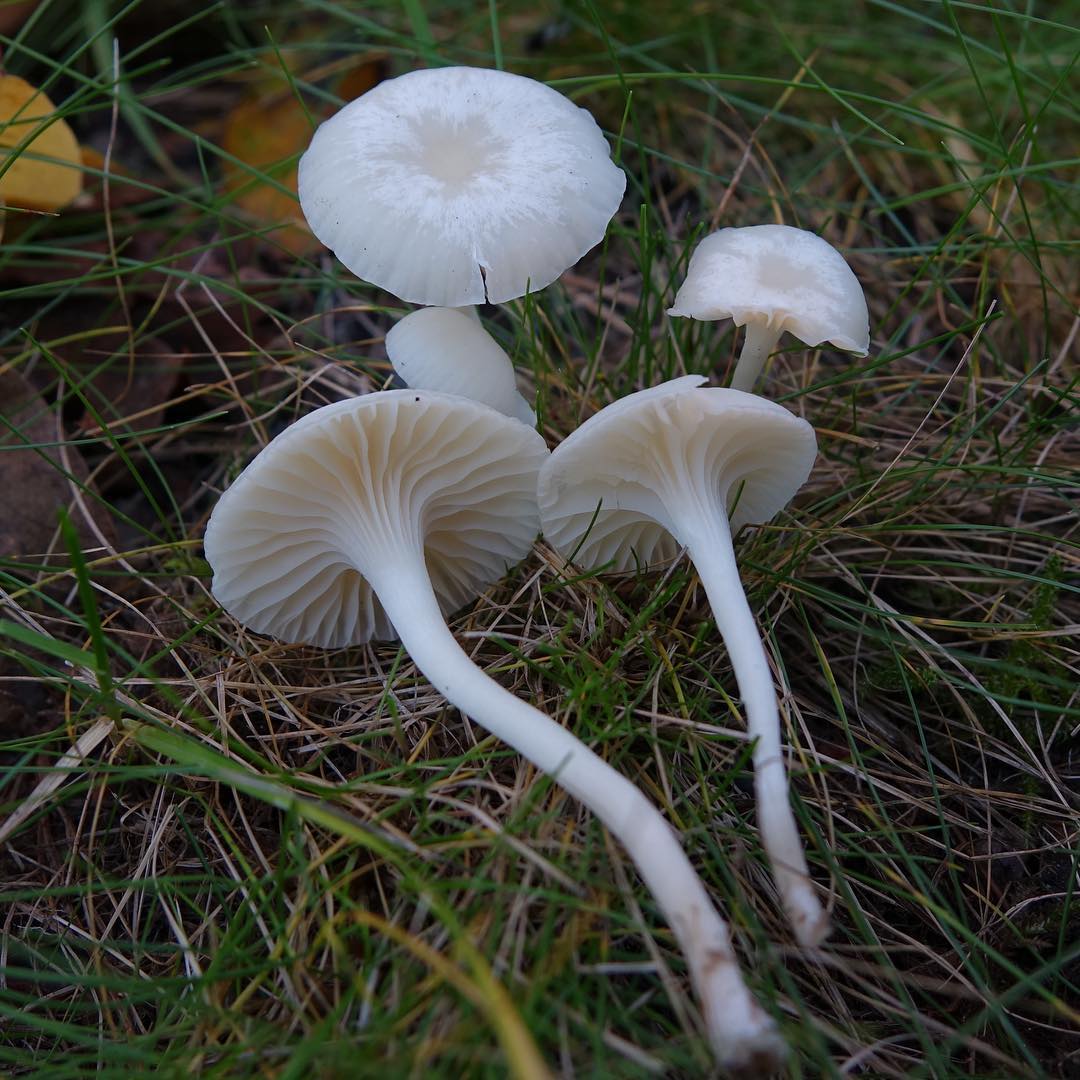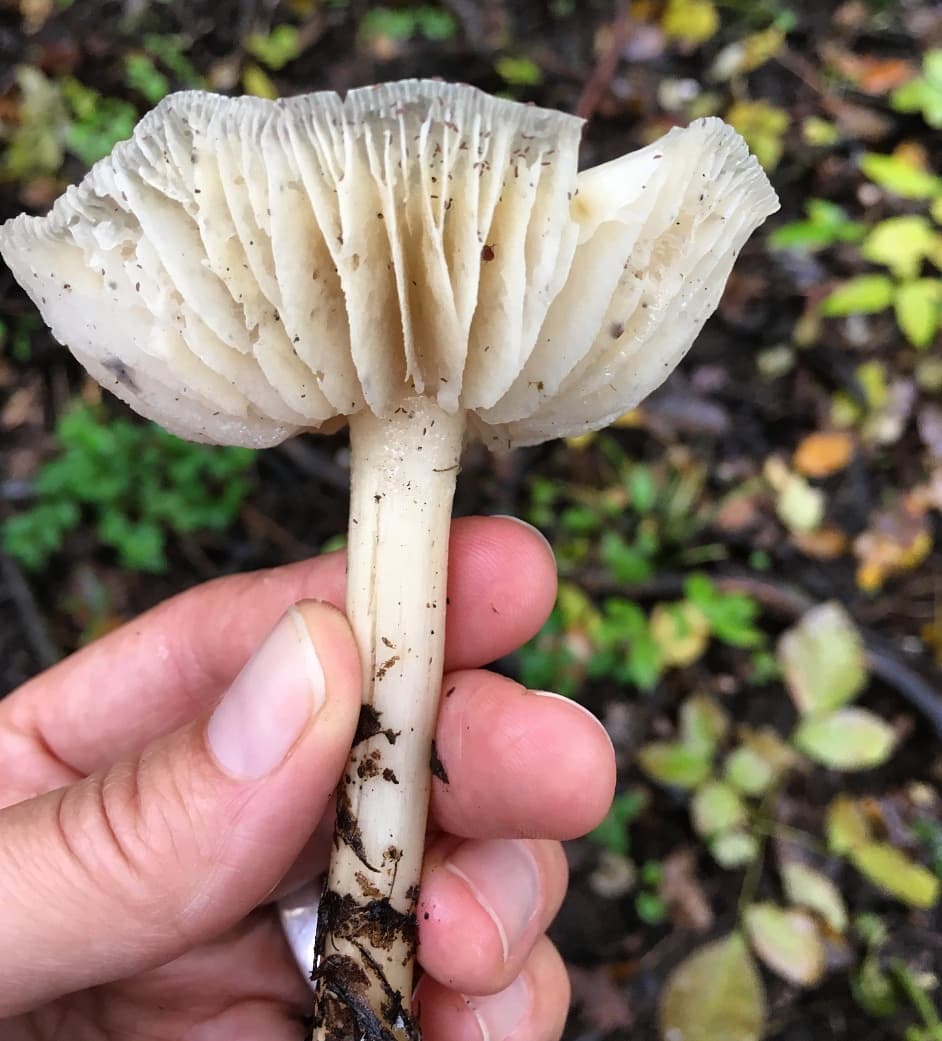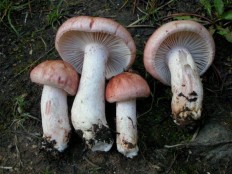Crowded lyophillum (Lyophyllum decastes)
Current title
| Index Fungorum | Lyophyllum decastes (Fr.) Singer | |
| MycoBank | Lyophyllum decastes (Fries) Singer |
Systematic position
Etymology of the species epithet
Decastes, standing at ten. From δέκα ten + στάσις, εως ο standing.
Synonyms
- Agaricus decastes Fr., Observ. mycol. (Havniae) 2: 105 (1818)
- Clitocybe decastes (Fr.) P. Kumm., Führ. Pilzk. (Zerbst): 124 (1871)
- Lyophyllum aggregatum (Schaeff.) Kühner, Bull. mens. Soc. linn. Soc. Bot. Lyon 7: 211 (1938)
Other names: Group ryadovka.
Habit
Fruit body: Cap and stem (agaricoid)
Hymenophore: Lamellar (including folded or with rudimentary plates)
Fruiting bodies, as a rule, are collected in large aggregates, sometimes they occur singly.
Hat
The cap is 60 - 100 (150) mm in diameter, initially convex with a smooth, bent edge, when ripe it is flat-convex or prostrate, usually with a tubercle in the center. Over time, in overgrown fruit bodies, the cap takes on an uneven, curved shape, the edge becomes wavy, in places it turns up. The surface is smooth or with radially arranged fibers, in wet weather with a greasy sheen, gray-brown, brown, lighter towards the edge, often colored unevenly, with spots. When wet, the peel from the cap can be torn off from the edge and almost to the center. Caps of different sizes and shapes can be found in one joint.
The plates are adherent, light, whitish, sometimes bifurcated at the stem; the edge is even.
Leg
The stem is 45 - 100 mm long, 8 - 20 mm in diameter, cylindrical, widening or tapering downward, curved, hard, in fruiting bodies growing along the edges of the joint, it is eccentric. The surface is smooth, whitish, cream, longitudinally fibrous, with a thin white coating in the upper part.
Pulp
The pulp is white, firm. Odor and taste are not expressed.
Microscopy
Spores 5.6 - 6.9 × 5.1 - 6.6 μm, Q = 1.0 - 1.1, spherical or nearly spherical, smooth, hyaline.
Basidia 32 - 47 × 8 - 10 μm, clavate, with siderophilic contents, 4-spore, with a buckle at the base.
Pileipellis consists of intertwined hyphae with brown pigment, 4 - 12 µm in diameter. Buckled dividers.
Ecology and distribution
Substrate: Soil, litter
Grows on soil in deciduous and mixed forests; often found in parks and gardens, along paths and paths.
Fruiting
The divisions correspond to the decades of the month.
Nutritional properties
A wonderful little-known edible mushroom with a strong, firm, but not tough pulp and a pleasant rich taste. In English, it is deservedly called fried chicken mushroom.
Similar species
- Smoky-gray lyophillum (Lyophyllum fumosum) - outwardly difficult to distinguish; according to our observations, the stem of L. fumosum is thinner, and the caps are smoother and, on average, more gray in color; confined to pure pine forests.
- Lyophillum shimeji (Lyophyllum shimeji) - with aggregates from a smaller number of larger fruiting bodies; like L. fumosum, it lives in clean pine forests. A valuable gourmet mushroom in Japanese cuisine.
- The growing row (Leucocybe connata) is a species with light fruiting bodies, almost white in color, just like L. decastes grow in deciduous forests, but collected in less abundant intergrowths.
Notes
Many authors note that the species L. decastes almost certainly hides a complex of species that are difficult to distinguish from each other, in which both macro- and micro-traits intersect.
Related materials
- Breitenbach J, Kränzlin F. Fungi of Switzerland. A contribution to the knowledge of the fungal flora of Switzerland. Vol 3. Boletes and agarics. 1st part. Strobilomycetaceae and Boletaceae, Paxillaceae, Gomphidiaceae, Hygrophoraceae, Tricholomataceae, Polyporaceae (lamellate). - Lucerne: Verlag Mykologia, 1991 .-- 360 p. - P. 220.
- Kalamees K. Palearctic Lyophyllaceae (Tricholomatales) in Northern and Eastern Europe and Asia. / Scripta Mycologica, V. 18. - Tartu: Estonian Agricultural University Institute of Zoology and Botany, 2004 .-- 135 p. - P. 48.
- Moncalvo J. M., Rehner S. A., Vilgalys R. Systematics of Lyophyllum Section Difformia Based on Evidence from Culture Studies and Ribosomal DNA Sequences. // Mycologia. - 1993. - V. 85 (5). - P. 788–794.
Link to this page for prints

